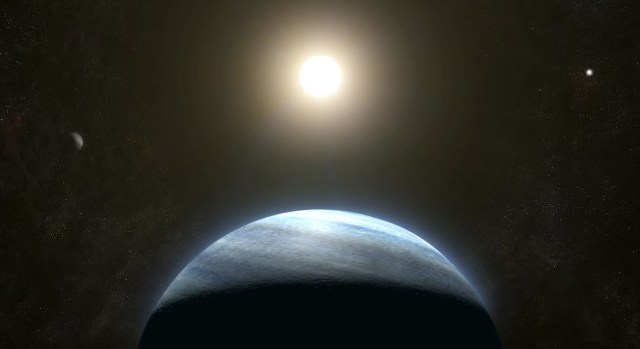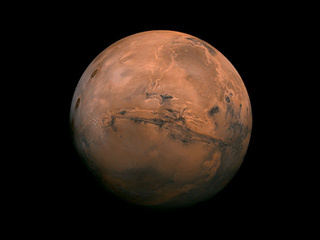The discovery of planet TOI 4633 c is an exciting find, as it stands out among the 175 transiting planets with orbits longer than 100 days, and the 40 with orbits over 250 days. This planet was detected using the Transiting Exoplanet Survey Satellite (TESS) and is located within the habitable zone of its star, where liquid water could potentially exist on its surface. However, due to the planet’s likely large and dense atmosphere, similar to Neptune’s, the presence of surface water is unlikely.
One way around this limitation could be the existence of a moon, which is more common in planets with longer orbital periods. Given the potential habitability of moons, the bright nature of this system makes it a promising target for the search for exomoons. A moon orbiting planet TOI 4633 c could provide a unique opportunity for studying celestial bodies outside of our solar system, potentially resembling the fictional moon Pandora. This discovery opens up new possibilities for exploring the diversity of exoplanets and their potential for hosting habitable environments.
The hunt for exomoons continues, with TOI 4633 c offering an intriguing avenue for future research in the field of exoplanet studies. The potential habitability of moons makes this discovery particularly exciting, as it offers a chance to study celestial bodies that may be capable of supporting life beyond our own planet. As researchers continue to explore this fascinating area of space science, we can expect to uncover even more exciting discoveries in the years to come.



